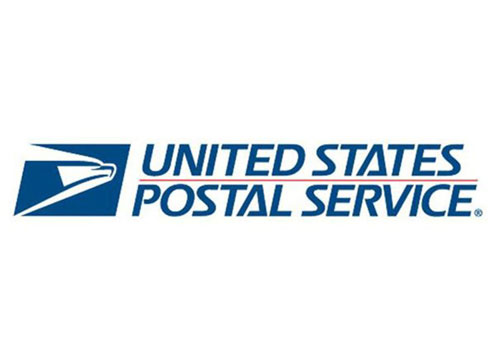
US Postal Service reports $1.5 billion net loss in second quarter

The US Postal Service has reported that it made a net loss of $1.5 billion for the second quarter (Q2) of fiscal 2015. While this is a huge figure, it does compare favourably to the net loss of $1.9 billion which USPS recorded in Q2 2014. USPS said that if the retiree health benefit prefunding expense is taken out of the equation, “the net losses would have been $44 million and $447 million, respectively, for the quarters ended 2015 and 2014”.
USPS said that it ended Q2 2015 with an operating revenue increase of $223 million, or 1.3%, over the same period last year, driven by a 14.4% growth in shipping and package volume.
Operating expenses declined by $160 million from the same quarter last year, “driven in part by favorable trends in workers’ compensation expense”. The USPS added: “Excluding the decline in workers’ compensation expense for the quarter, operating expenses increased by $156 million, a reflection of higher compensation costs from growth in the labor-intensive shipping and package business, as well as higher retirement contribution rates mandated by the Office of Personnel Management.”
As has been widely reported, USPS has had to contend with factors which it believes are “outside the management’s control”, so its financial statements include an item called “controllable income” which it defines as “net income excluding retiree health benefits prefunding expense and expenses for interest rate and other non-cash workers’ compensation expense”. Using this criterion, the Postal Service has made progress: “Controllable income in the second quarter was $313 million,” said USPS, “an increase of $52 million over the same period last year.”
US Postmaster General and Chief Executive Officer Megan Brennan commented: “We’re pleased with the increase in our controllable net income compared to the same period last year, which demonstrates that our cost containment and revenue strategies are delivering results.
“We also took significant steps during the quarter to improve our long-term operating model, which will help drive greater long-term efficiencies throughout our network.”
In line with the general industry trend, USPS has continued to see growth in packages and falls in mail volume. Shipping and package volume increased by 14.4%, while the total mail volume of 37.7 billion pieces in Q2 2015 was 420 million pieces down on the same period last year. First-Class Mail and Standard Mail volumes declined 2.1% and 1.1% respectively.
“Shipping and Package Services are a key business driver, however, operating margins in this business are lower than in mailing services,” said Chief Financial Officer and Executive Vice President Joseph Corbett. “And, while we’re pleased to see a small increase in controllable income, to improve our margins, we’ll need to make investments in our network infrastructure and delivery vehicles.”
The Postal Service ended the quarter with $6.1 billion in unrestricted cash, representing 22 days of operating cash, and its statement contained this warning: “Considering that the Postal Service has reached its borrowing limit of $15 billion, the current level of available liquidity is not sufficient to support both operations and prefund retiree health benefits.”











